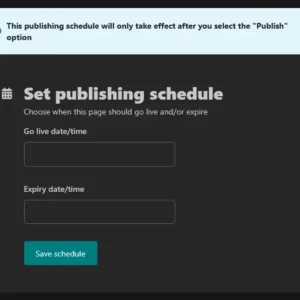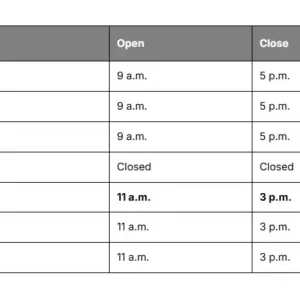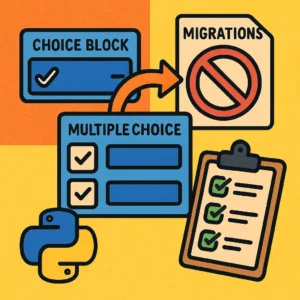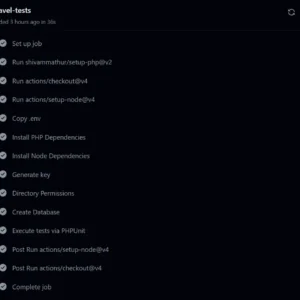Tag: Snippets
Wagtail no scheduled publishing option
Introduction Wagtail supports scheduling a page’s publication date and time out of the box. The first time I tried to use this feature, I lost a lot of time to an issue where the expected ‘Set schedule’ button wasn’t displaying in the page’s ‘Status’ tab. In case anyone else found themselves encountering the same issue, […]
Using wagtail-seo Hours of Operation in Templates
Introduction wagtail-seo comes with various SEO settings for your site, including fields for ‘Hours of operation’. I needed to take this data and output it on a template in a nice format. This approach is minimal and effective, so if you are also looking to build a global opening hours widget, then you’re in the […]
Changing Wagtail ChoiceBlocks Without Migrations
Introduction I’ve recently been building some content systems within Wagtail that utilise the ChoiceBlock and MultipleChoiceBlock. The project required these to be modifiable without generating migrations for a few reasons, so I’d like to share my solution for facilitating this. The Code When copying from the following examples, be sure to update the class’ path […]
Dockerise Python with a Background CRON runner
Since January, I’ve worked full-time in Django and Wagtail development. In my last post, I shared my Dockerfile for deploying such projects. That Dockerfile includes a multi-stage build to reduce the final image size and to improve security. This directly builds on that Dockerfile. The Dockerfile The important part here is lines 48-50. We’re copying […]
Writing a Minimal Wagtail, Poetry & Node Dockerfile
Over the last few months, I have worked extensively on several Wagtail projects. Off the back of this, I have decided to pivot from focusing on WordPress development in favour of Django and Wagtail. A big consideration that has come with this decision is managing the deployment of my projects. As a big Docker advocate, […]
Dockerise Django and NPM with Multi-Stage Builds
Introduction I’ve recently started learning Django, the popular web development framework for Python. Until now, as a PHP developer, I’ve been rather spoiled with the ease of deploying projects thanks to software such as cPanel or Plesk. Having reached the stage of wanting to deploy my first Django project, I realised that Docker would be […]
How To Correctly Size WordPress Images
Introduction This is a bit of a minefield topic, as there are a lot of plugins and ‘solutions’ out there that require you to pay money or install bloated software to accomplish something WordPress is designed to handle. In this post, I will show you how to have WordPress generate specific sizes for your images […]
Testing Laravel & Livewire in Github Actions
The Issue We’re Resolving When running a Laravel test suite with Livewire components, the default workflow file provided by GitHub for Laravel likely won’t pass. When using their default config, I was presented with errors such as this: The test in question was simply checking if the component was rendered when a certain page was […]
Remove the ‘Website’ field from the WordPress comment form
Introduction The default WordPress comment form contains the following fields: I’m not a fan of the website field, especially since it’s optional anyway. As such, I like to remove it from my blogs. This is a 3-step process: Remove the Website Field This code snippet uses the comment_form_default_fields hook to remove the url field from […]
YouTube API with Laravel & Guzzle Http
I felt that my minimal, PHP YouTube client was worth sharing. If you’re looking to do something similar, interacting with the YouTube API via PHP, then look no further.










